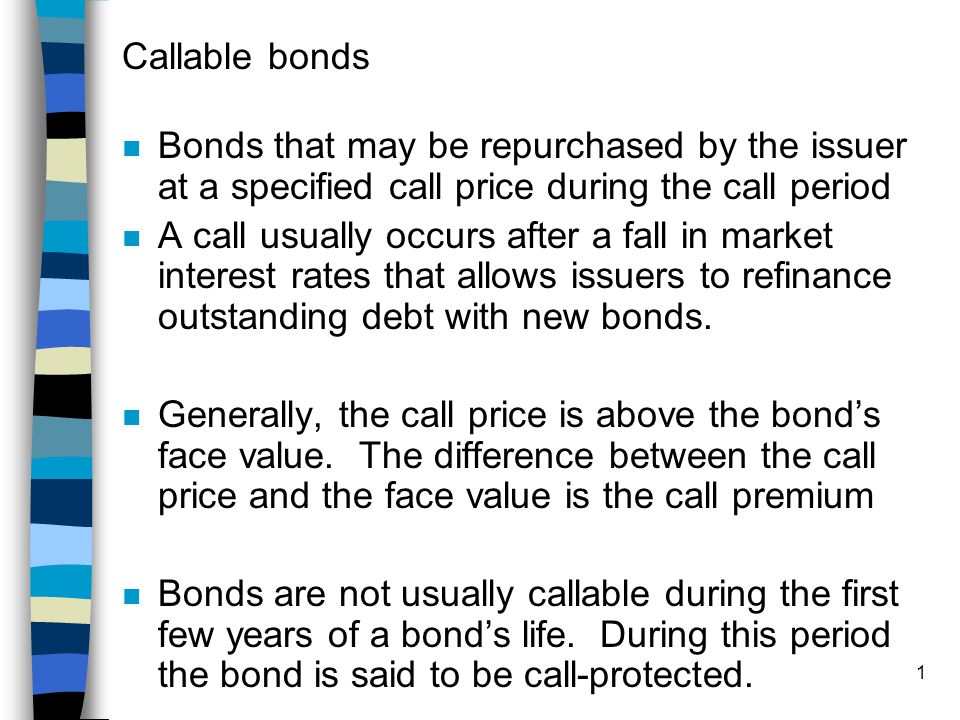How to Effectively Manage Your Inventory
Content

Retailers often find themselves in a scenario where a popular item is out of stock at one location while simultaneously overstocked at another — where demand is lower. But those small-quantity orders are more expensive and more expensive to ship. Integrating promotional and inventory planning ensures that you execute both plans and maximize the promotion’s return. Seasonal buying patterns, shifts in the competitive landscape, assortment changes, and other factors influence what and when customers buy.
What costly issue do companies with too much inventory have to deal with?
Higher storage costs
Excess inventory means extra space needed for storage. Extra space also means extra costs, and since you have to include those extra costs in your price, you might end up losing to competition with other sellers because your price is too high.
Advanced retail analytics can combine data from your vendors and your demand forecast to minimize safety stocks. If you’ve never sold the product, the demand forecast will arm you for your vendor negotiations as well. Rather than buying everything up front, you can talk your vendor into a pilot project with the option to buy more of the product should the demand exist. But buying too early can be equally painful as inventory sits on the shelf and your cash flow dries up. As a result, their forecasting processes either bring in too much product or bring in too little product. You end up with less inventory of your top-performing products — which will hurt other KPIs like in-stock percentage and profit per transaction.
The Benefits of Healthy Inventory
Once you have the stock back in your own hands, consider the best way for you to dispose of it. Sell your product to an online marketplace or to a company that will liquidate your items. Group this product with other products to give customers ideas on how to use the product, as well as create bundles and sell other products. Some shipment agencies will allow you to return a product for a refund on a percentage of the cost.
- This way, every sale will be of a higher dollar amount and flush more units of stale inventory.
- You don’t want to end up with stock you won’t be able to move until the season rolls around again.
- BOGO promos as well as offers like “Buy 3 get 1 free” are some common examples of multi-buy discounts.
If https://personal-accounting.org/ the case, the next time you send them a purchase order you might request a higher volume than is actually needed for future demand. In this scenario, you run the risk of having excess inventory — which is why it’s so important you work with suppliers you can trust to deliver shipments in a timely manner. Sometimes, inventory doesn’t sell as quickly or as well as your business planned. Certain items may stick around for months on end due to a lack of customer interest or consumer knowledge about the product. Eventually, these items reach the end of their life cycle without being sold, and are then regarded as excess inventory.
The Type of Products
This strategy involves using your past experience and knowledge to anticipate future demand for materials or products. This strategy involves refilling your stock of raw materials just in time for you to complete your orders on schedule. Not only does this save you time and effort, but many of these software programs provide real-time reports of inventory stock and alerts when stock is low. The turnover ratio is high when your products sell quickly and consistently. When your cash is tied up in unsold products, you may not have the funds to invest in new products. Not only do you lose money this way, but you could also lose out on an opportunity to advance your business due to limited cash on hand. This article will reveal ways that overstocking can put undue stress on your business.
You can generate inventory and product performance reports in Vend to identify slow or non-moving stock. These reports also shed light on measures such as average items sold per month, first and last sale dates, transaction counts, returns, discounts etc.
Inventory Management Software:
An inventory optimization like Cogsy prevents these easy mistakes by seamlessly integrating with the tools you already use. That way, you get a single source of truth into your inventory needs and always order the right amount of inventory. Sifting through SKUs at this granular level can take hours, if not weeks, to do correctly. And that’s assuming you make no mistakes and love working all weekend on data dives. You don’t have to block off a whole day on your calendar and put everything on hold to audit your inventory. Conduct spot checks of 1-2 SKUs each week until you’ve gone through your entire inventory. Instead of using discounts as a reactive tactic, use an operational planning tool to proactively build these promotions into your remerchandising strategy.
Near 10-Year Lows: 3 High-Yield Dividend Stocks That Could Turn … – Nasdaq
Near 10-Year Lows: 3 High-Yield Dividend Stocks That Could Turn ….
Posted: Fri, 17 Feb 2023 22:01:00 GMT [source]
But remember that your vendors don’t have the same priorities you do. They are looking to move their items while you’re looking to stock the most profitable items for your business. Take the time to check inventory and order restocks of all your items yourself. There are a few ways to avoid excess inventory in the first place, like conducting routine audits, improving demand forecasting, and placing smaller purchase orders for new products.
Wholesale Marketplaces:
SomeTen Ways to Deal with Excess Inventorys you just need to freshen up the product marketing to get these items to sell. Here are 14 ways to turn slow-moving and excess inventory into cash. There is a thin line between having safety stock and stocking on too much inventory. Using a solid inventory management system will help you know when you start carrying excess inventory. You can also try merchandise liquidation as another way to prevent excess inventory. Selling off liquidation merchandise or bulk quantities of excess inventory at a lower cost to restaurant wholesalers is a great way to reduce inventory. Excess or surplus inventory is any product in your sitting inventory approaching the end of its life cycle that is not anticipated to be sold.

Items in the A group are higher-ticket items that you need fewer of. Items in the C category are lower-cost items that turn over quickly. The B group is what’s in between items that are moderately priced and move out the door more slowly than C items but more quickly than A items.
If you’re a small enough business, managing the first eight things on this list manually, with spreadsheets and notebooks, is doable. But as your business grows, you’ll spend more time on inventory than you do on your business, or risk your stock getting out of control. Before you choose a software solution, make sure you understand what you need, that it provides the analytics important to your business and that it’s easy to use. As a general rule, 80% of your profits come from 20% of your stock.
